
In a digital era where data reigns supreme, leveraging social media infographics can provide critical insights into engagement metrics, content performance, and audience feedback.
This analytical exploration will unveil seven key insights derived from a comprehensive analysis of social media infographics.
As we delve into this data-driven narrative, readers will gain a deeper understanding of innovative strategies to optimize their social media presence and effectively engage with their audience.
In this section, we will delve into the five crucial dimensions of social media engagement metrics, aiming to provide a comprehensive understanding of their interpretation and significance.
The engagement algorithm insights provide valuable information about audience interaction patterns, which are crucial for optimizing content performance.
Furthermore, the influence of infographics design cannot be overlooked. A well-designed infographic can significantly boost engagement rates, as visual content tends to generate more interactions compared to text.
Analyzing the effectiveness of different design elements can provide key insights to innovate and enhance user engagement strategies.

This data-driven approach helps in making informed decisions, effectively balancing creativity and analytics, and ultimately driving improved performance on social media platforms.
Understanding Content Performance Through Infographics
Assessing the performance of content through the lens of infographics provides a visually engaging and comprehensive method to understand audience interaction and engagement patterns. Infographics design strategies play a crucial role in this regard, optimizing the data visualization impact to make the content more digestible and impactful.
- Infographics design strategies:
- Strategic use of colors and shapes: Enhances information retention and captures the audience's attention.
- Balancing text and visuals: Ensures the infographic is not cluttered, increasing readability.
Data visualization impact:
- Facilitates quicker data comprehension: Graphical representation of data allows for quicker interpretation.
- Aids in pattern recognition: Visual data helps in identifying trends and correlations more easily.
This innovative, data-driven approach enables a more detail-oriented and analytical understanding of content performance.
Drawing upon the power of social media analysis not only helps decipher audience preferences and behavior, but also allows marketers to extract valuable feedback, shaping future content strategies.
Techniques such as Feedback Visualization and Sentiment Analysis provide a quantitative approach in understanding audience's reactions, making use of graphical representations and emotion detection algorithms respectively. These tools help in identifying prevalent audience sentiments, whether positive, negative, or neutral, and visualizing feedback patterns over time.
This data-driven approach aids in evaluating the effectiveness of content, pinpointing areas of improvement, and tailoring more impactful strategies. Leveraging this analytical method inspires innovation, bringing a fresh perspective to audience interaction and engagement.
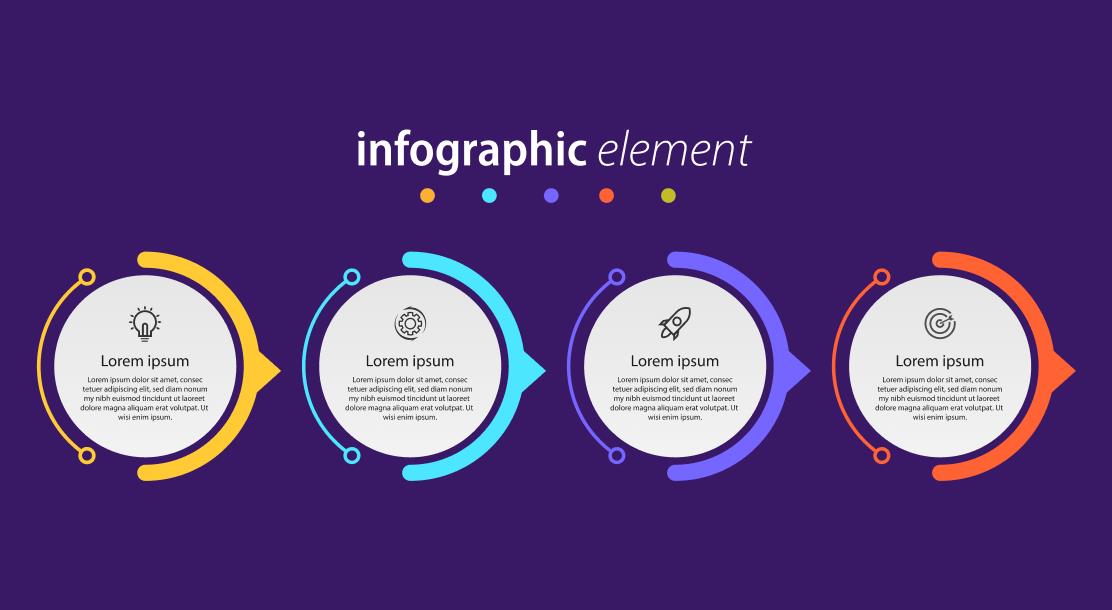
Thus, extracting audience feedback through social media analysis plays a pivotal role in content optimization.
Undeniably, the use of infographics in social media analysis has revolutionized data interpretation and, in turn, promoted more effective communication strategies. Infographic design, coupled with the concept of visual storytelling, allows for complex data to be converted into easily digestible visual representations.
The power of infographics lies in:
Visual Storytelling: Crafting a narrative using visuals enhances comprehension and retention of information. It bridges the gap between complex data and the audience, enabling them to understand the message at a glance.
Infographic Design: A well-designed infographic is not only aesthetically pleasing but also aids in information assimilation. Effective infographic design optimizes the use of colors, shapes, and layout to guide the audience through the data story.
As such, infographics serve as a dynamic tool in social media analysis, facilitating data-driven decision making.
Utilizing Infographics for Improved Audience Engagement
In the realm of social media, infographics serve as a powerful tool for boosting audience engagement. When used effectively, they can significantly enhance content performance. Infographics design strategies, when tailored to the tastes and preferences of the target audience, can lead to substantial increases in user interaction.
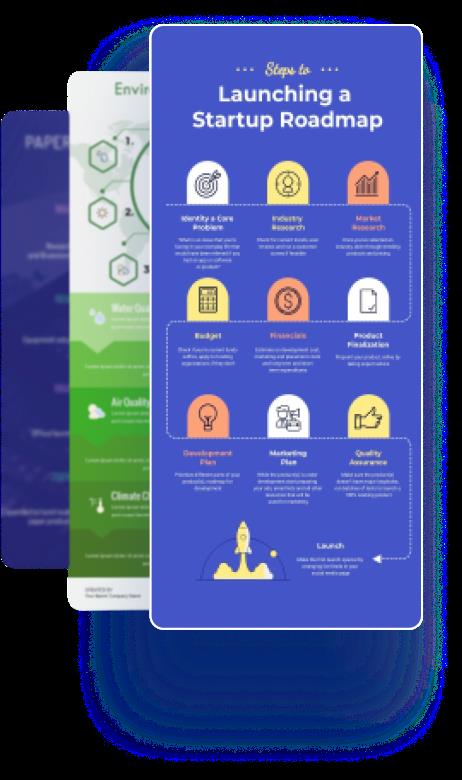
The visual storytelling impact of well-crafted infographics promotes a deeper understanding of the content, resulting in improved retention and engagement. Data-driven analysis reveals that infographics garner more likes, shares, and comments than text-based posts, confirming their effectiveness in audience engagement.
In a digital landscape that thrives on innovation, infographics offer a fresh, visually captivating approach to content presentation. Therefore, the strategic use of infographics is a critical component of a successful social media strategy.
Content Performance Analysis: a Look Into Infographics
In the realm of social media, the performance of infographics as a content type warrants meticulous analysis.
By measuring the impact of infographics on engagement, we can ascertain how effectively they capture audience attention and stimulate interaction.
Furthermore, an evaluation of the success of infographic content is crucial to understand the elements that contribute to their efficacy in achieving desired outcomes.
Infographics Impact on Engagement
Analyzing the impact of infographics on engagement reveals that they significantly influence content performance, as evidenced by various metrics and audience feedback. The current infographic design trends and distribution strategies play a crucial role in this process.
Infographic Design Trends:
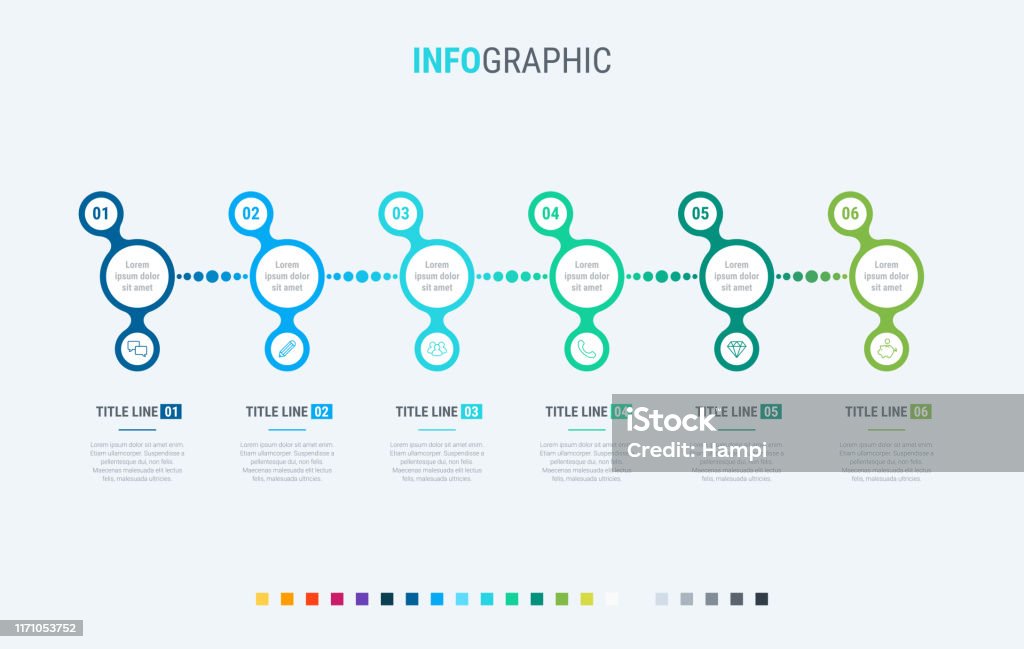
The use of data visualization tools is on the rise, leading to more engaging and interactive infographics.
Minimalistic design and storytelling are becoming increasingly popular, helping audiences better understand complex data.
Infographic Distribution Strategies:
Utilizing social media platforms is crucial for reaching larger audiences and generating engagement.
SEO optimization of infographics has proven effective in increasing visibility and driving more traffic.
Through a data-driven, detail-oriented, and analytical review, we can conclude that strategic infographic design and distribution significantly enhance content performance and engagement.
Analyzing Infographic Content Success
While assessing the success of infographic content, it becomes imperative to delve deeper into content performance analysis, which provides crucial insights into the effectiveness and impact of infographics.
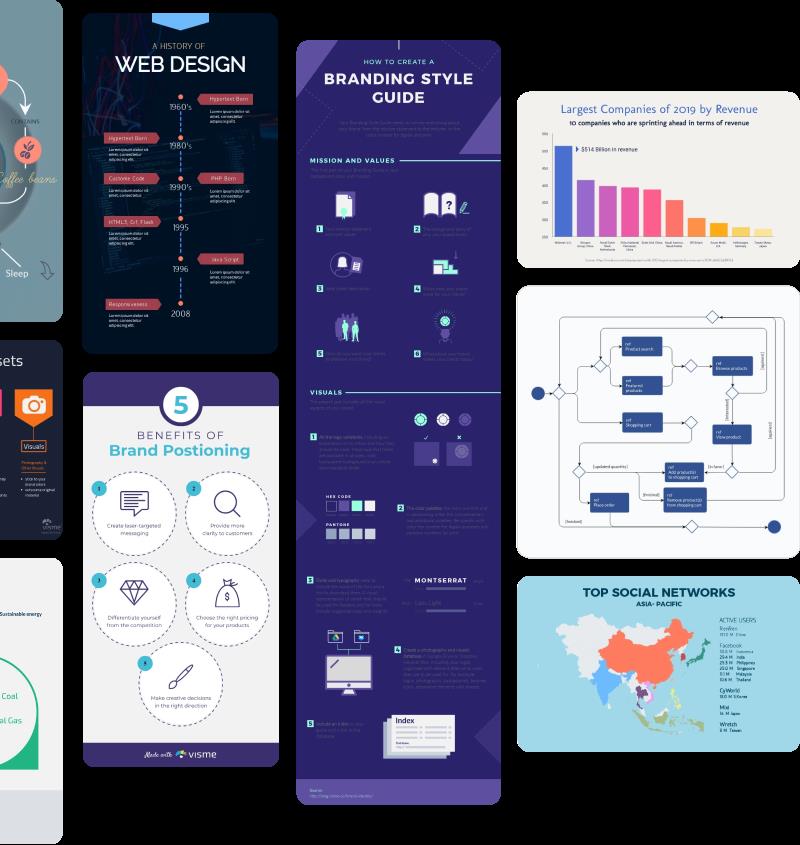
This analytical approach involves a thorough examination of infographic design trends and a meticulous assessment of infographic marketing strategies.
By considering factors such as viewer engagement, shareability, and conversion rates, we are able to measure the overall success of the infographic content.
Furthermore, the study of design trends helps to identify visual elements that resonate with the target audience, while analysis of marketing strategies informs the development of innovative practices for promoting infographics.
Thus, content performance analysis serves as an indispensable tool for optimizing the value and impact of infographic content in the digital marketing sphere.
Regularly harnessing audience feedback is instrumental in the development and refinement of a robust social media strategy. Feedback utilization and strategy mapping are key steps in this process.
Feedback Utilization
Analyzing Feedback: Use advanced analytics tools to understand the sentiment, preferences, and behavior of the audience. This data-driven approach will reveal insights that can guide the development of your strategy.
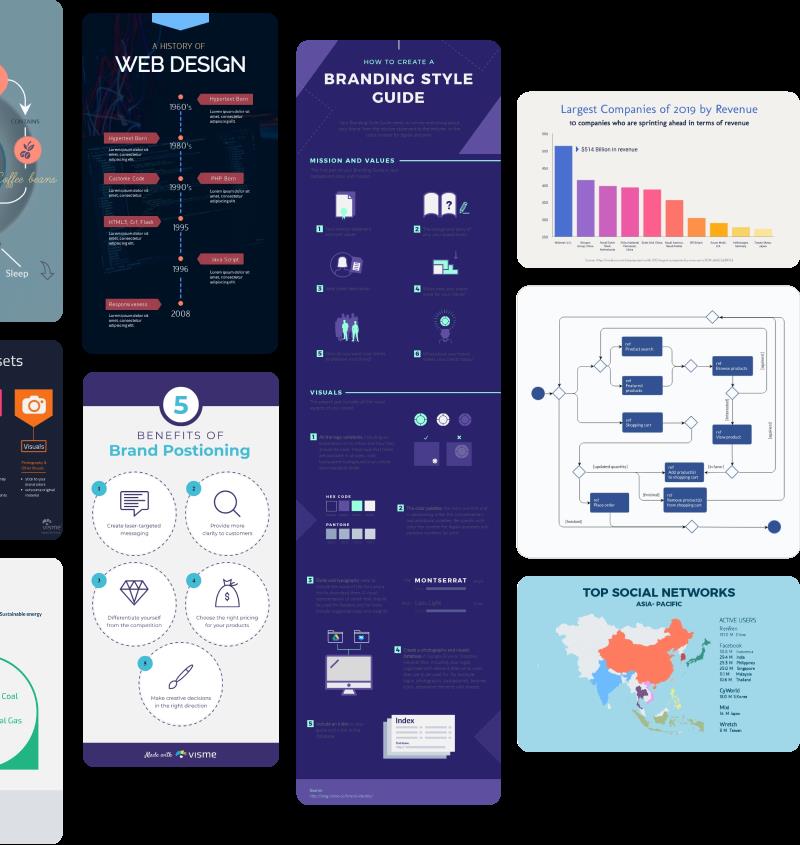
Actionable Insights: Turn feedback into actionable insights to enhance content and engagement strategies. This requires a detail-oriented approach to identify trends and anomalies in the feedback.
Strategy Mapping
Strategic Development: Based on feedback analysis, craft a strategy that aligns with audience preferences. This innovative approach ensures your social media initiatives resonate with your audience.
Continuous Improvement: Regularly revisit and tweak the strategy based on fresh audience feedback to ensure its effectiveness and relevance.
Frequently Asked Questions
Traditional marketing analysis relies on historical data and direct consumer feedback. In contrast, social media infographic analysis, an aspect of Infographic Evolution, utilizes real-time engagement metrics and audience feedback, tackling Analytical Challenges innovatively.
How Can Infographics Be Effectively Incorporated Into a Company's Digital Marketing Strategy?
Infographics can be effectively incorporated into digital marketing strategy by optimizing them for SEO to enhance visibility and tracking their ROI to measure performance, fostering innovative, engaging content that resonates with the target audience.
Common social media pitfalls include inconsistent posting, neglecting audience engagement, poor content quality, and unsuccessful engagement strategies such as failing to respond to feedback or not utilizing data-driven insights for content improvement.

A business can establish brand identity via infographics on social media by adhering to infographic design principles that reflect the brand's ethos and maintaining brand consistency in infographics, thereby fostering familiarity and trust.
There are numerous platforms for creating engaging infographics such as Canva, Piktochart, and Adobe Spark. Leveraging infographic design trends and the benefits of animated infographics can significantly enhance content engagement on social media.
 Digital Art InstructionDIY Infographics DesignMobile Game ArtworkPersonalized Logo Design3D AnimationeBook Covers DesignPrivacy PolicyTerms And Conditions
Digital Art InstructionDIY Infographics DesignMobile Game ArtworkPersonalized Logo Design3D AnimationeBook Covers DesignPrivacy PolicyTerms And Conditions
